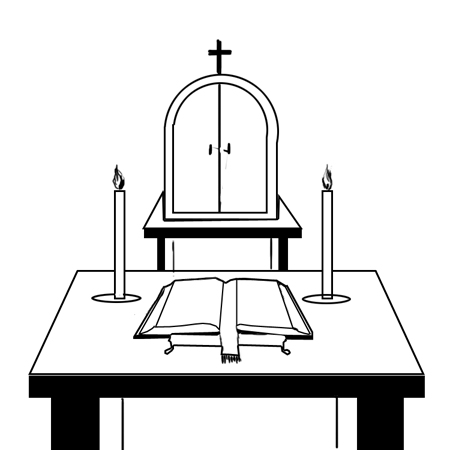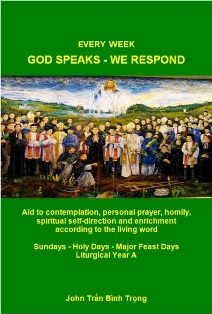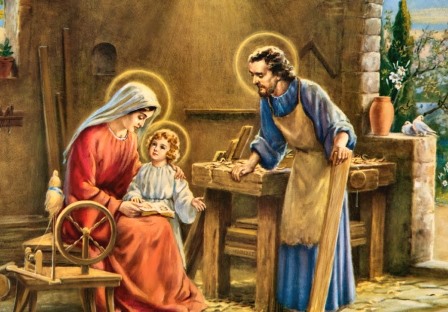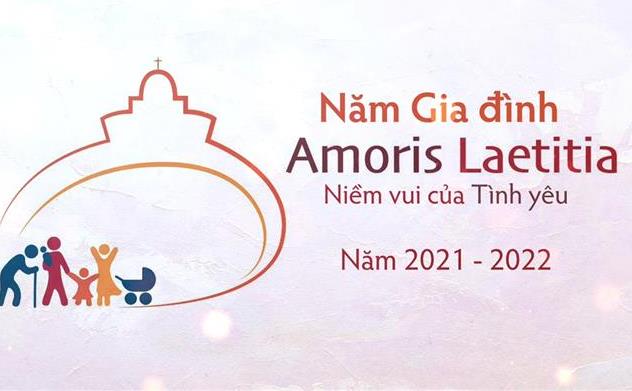Entering the House of God
Ez 47:1-2, 8-9, 12; 1Cor 3:9-11, 16-17; Jn 2:13-22
Philosophers as well as theologians always seek to find out where and how God is present in the universe. Man knows God is present everywhere, but man also reserves some special place for God’s presence in a special way. In the Old Testament, the temple and the ark of the covenant were considered special places for God’s presence as God said: I have chosen and consecrated this house that my name will be there forever (2 Chr 7:16; 1Kgs 9:3) [1]. That is the reason why Jesus was upset with the moneychangers because they had made God’s house of prayer a market place (Jn 2:16).
 In the New Testament, we have the church and tabernacle where the Blessed Sacrament is kept. We know Jesus is present everywhere, and he is present in the Eucharist. That is the temple of his body where Jesus is present as he said (Jn 2:21). Today we celebrate a place of worship, because the Lateran basilica, the cathedral church of the bishop of Rome, symbolizes all the catholic churches in the world.
In the New Testament, we have the church and tabernacle where the Blessed Sacrament is kept. We know Jesus is present everywhere, and he is present in the Eucharist. That is the temple of his body where Jesus is present as he said (Jn 2:21). Today we celebrate a place of worship, because the Lateran basilica, the cathedral church of the bishop of Rome, symbolizes all the catholic churches in the world.
The church symbolizes two important things. The church symbolizes unity and community [2], gathering the faithful in the one mystical body of Christ to pray, worship and give thanks and offer petitions. The church also symbolizes continuity and tradition, keeping in touch with our past and together facing our future [3] to face changes and challenges in society and in the church. Looking back to our past, for instance our parish was established in year so or so and our church building was built by father so or so.
Some people think God is present everywhere and they think there is no need for them to go to church to pray and worship. We must realize that man needs outward signs to help stir up inner feelings. We also need religious symbols to bring them into spiritual level and to stir up religious feelings. If we were angels without a body, we do not need symbols. However, we are human beings with a body; we need symbols such as church, altar, statues, lights and candles in worship in order to stir up faith and religious feelings. Thus if we think we can keep our faith inside ourselves without going to church, then we are deceiving ourselves. To come to church to worship, our faith is supported by the faith of other faithful. When we worship in public, people with strong faith can help strengthen people of weak faith.
To come to church to pray and worship, the faithful are nourished and strengthened by the word of God in the bible and the Body of Christ in the Eucharist. At the end of the week, when we are exhausted spiritually, we come to church again to be strengthened and nourished by the word of God and the body of Christ.
The Catholic Church is to be consecrated to be a public place of worship. In the church, Jesus is present in the Eucharist in the tabernacle. A sign that shows Jesus’ presence in the Eucharist is a red lamp in the sanctuary near the tabernacle. Therefore we Catholics need to show our faith when we come to a catholic church.
We also need to learn from people of other religions to see how they express their faith, when they go to their places of worship. For instance, the Jews always show respect for their temple and the altar for offering their sacrifice. They always give thanks to God for their temple and the altar of sacrifice. When the Muslims enter their place of worship, they have to take off their shoes in order to show respect.
For Catholics, the church building is the center of our faith life. The church is the place where we often come to pray and worship either every day or every week to listen to the word of God and receive the body of Christ. Besides time of public worships and prayers, the faithful can come to church at other times to pray. When mother Teresa of Calcutta was asked how she got her strength to continue to serve poor children in India, she answered she received her strength from the Eucharist. And she spent hours and hours praying before the Eucharist. Other Christians also came to church to pray, sitting there in a corner by themselves, contemplating Jesus’ presence in the Eucharist and letting their hearts talk.
Before the Eucharist, Jesus invites: Come to me all you, who are weary and find life burdensome, and I will refresh you. Take my yoke upon your shoulders and learn from me, for I am gentle and humble of heart. Your souls will find rest, for my yoke is easy and my burden light (Mt 11: 28-30). A certain woman who told a certain priest she had often sneaked in a church to seek strength and consolation for her miserable life.
The church is a place where the faithful come to receive the sacraments of baptism, first communion, penance, confirmation, matrimony and anointing. When we die, our body is brought to the church for the celebration of the funeral mass. Thus, it can be said the faithful is reborn in water and the Spirit in the church and died in the church.
A prayer for the love of God’s house of prayer and worship:
Lord God, you are present everywhere.
Especially you are present in the church
where the Blessed Sacrament is kept.
We thank you for our parish church.
Grant that we may love the churchy
and find in your house of prayer
the source of strength and comfort and hope. Amen.
John Tran Binh Trong
_________________________
- Ideas are borrowed from Homilies Sunday and Weekday Masses. Liturgical Commission, Diocese of Lansing, Michigan, Oct. – Dec. 1979, p. 322.
- Homilies Sunday and Weekday Masses. Liturgical Commission, Diocese of Lansing, Michigan, Oct. - Dec. 1977, p. 313.
- Ibid



 Every Week God Speaks – We Respond, Cycle A was published Online in the US. The introduction of the book is recorded at “Sách của Tác giả Chủ trương, Column 1.
Every Week God Speaks – We Respond, Cycle A was published Online in the US. The introduction of the book is recorded at “Sách của Tác giả Chủ trương, Column 1.

 Năm Mục Vụ Giới Trẻ 2021. HĐGM ấn định một chương trình Mục vụ Giới trẻ 3 năm với các chủ đề tương ứng: Năm 2020: Đồng hành với người trẻ hướng tới sự trưởng thành toàn diện.
Năm Mục Vụ Giới Trẻ 2021. HĐGM ấn định một chương trình Mục vụ Giới trẻ 3 năm với các chủ đề tương ứng: Năm 2020: Đồng hành với người trẻ hướng tới sự trưởng thành toàn diện. Năm Thánh Giu-se: Nhân kỷ niệm 150 năm Đức Giáo hoàng Pio IX chọn thánh Giuse làm Đấng Bảo Trợ Giáo Hội Công Giáo, Đức Phanxicô đã ban hành Tông thư “Patris corde” – Trái tim của người Cha – và công bố “Năm đặc biệt về thánh Giuse” từ
Năm Thánh Giu-se: Nhân kỷ niệm 150 năm Đức Giáo hoàng Pio IX chọn thánh Giuse làm Đấng Bảo Trợ Giáo Hội Công Giáo, Đức Phanxicô đã ban hành Tông thư “Patris corde” – Trái tim của người Cha – và công bố “Năm đặc biệt về thánh Giuse” từ  Năm “Gia đình Amoris Laetitia” 2021 về “Vẻ đẹp và niềm vui của tình yêu gia đình” do Bộ Giáo Dân, Gia Đình và Sự Sống tổ chức, được Đức Phanxicô khai mạc dịp Lễ Thánh Giuse
Năm “Gia đình Amoris Laetitia” 2021 về “Vẻ đẹp và niềm vui của tình yêu gia đình” do Bộ Giáo Dân, Gia Đình và Sự Sống tổ chức, được Đức Phanxicô khai mạc dịp Lễ Thánh Giuse 
